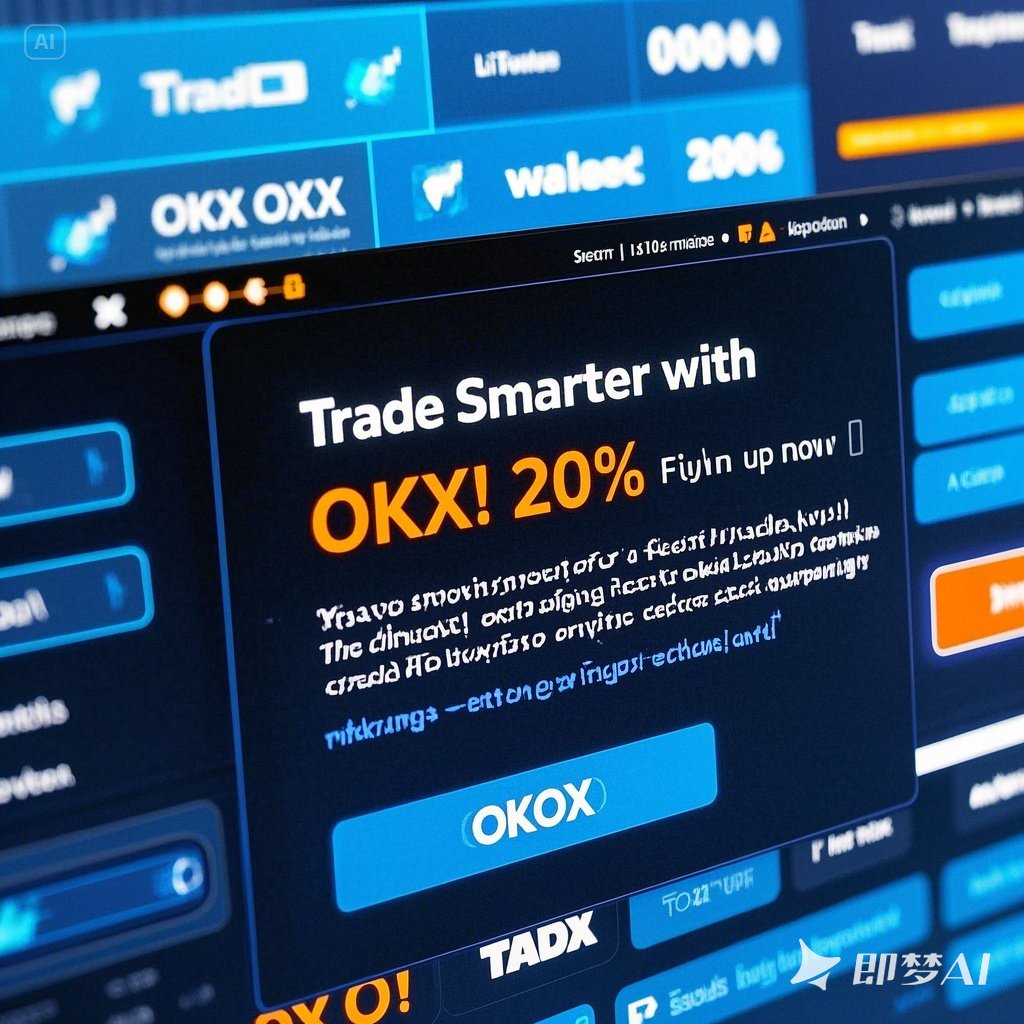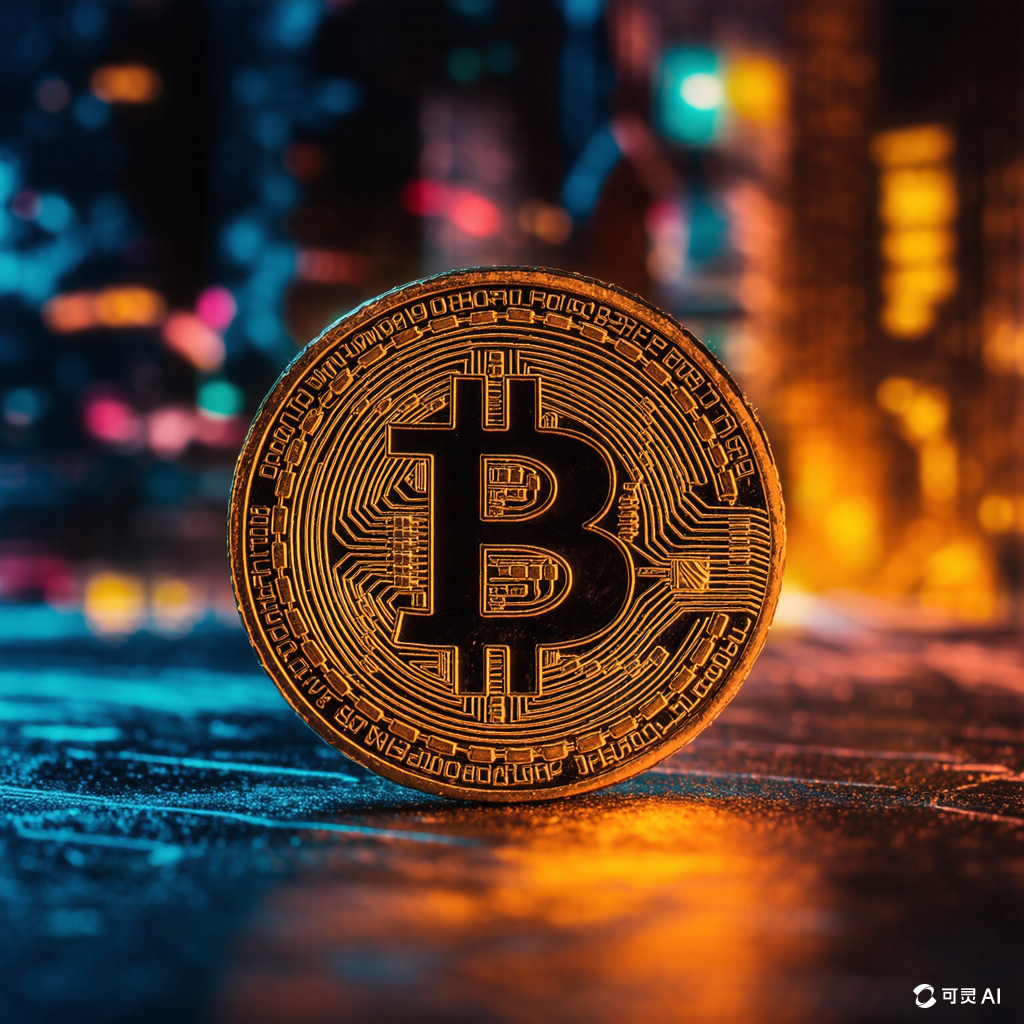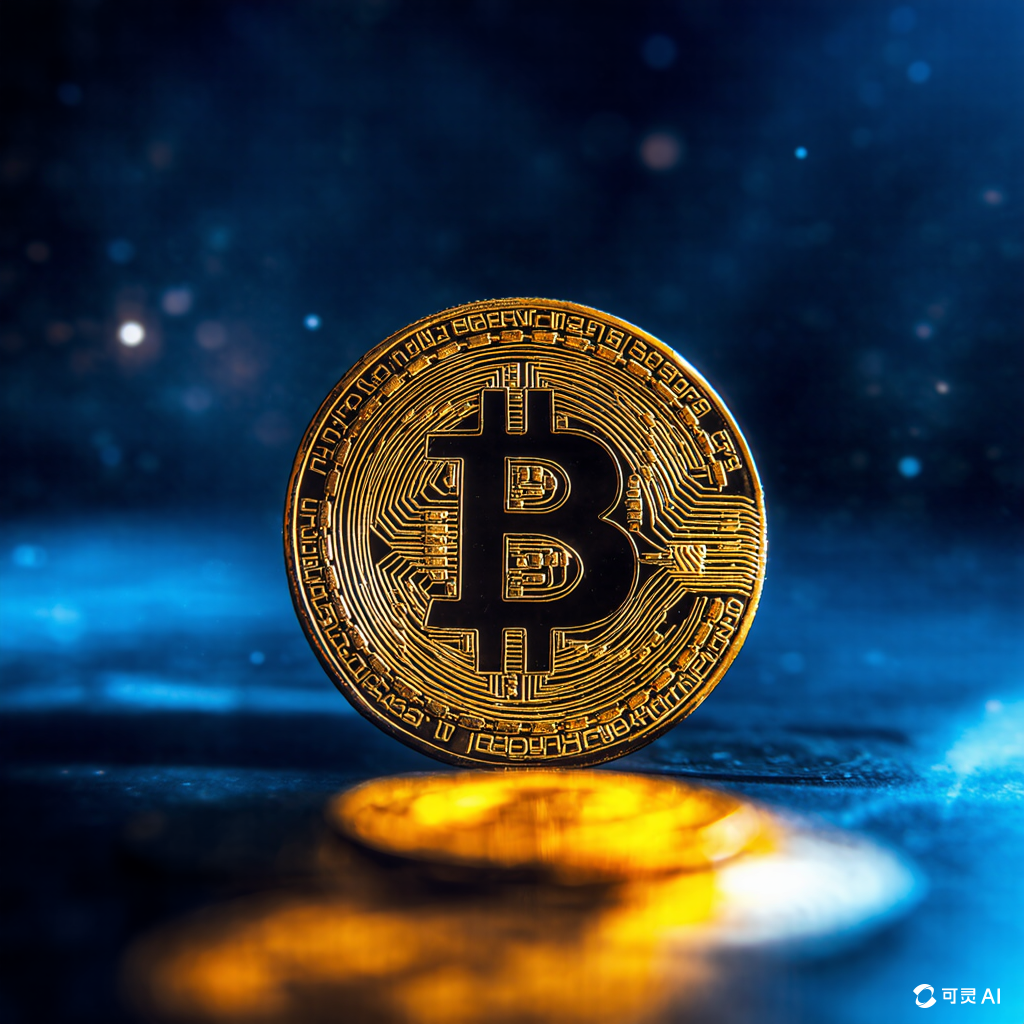Is Pi Coin Safe and Legitimate in 2025? A Complete Review of Risks and Potential
What is Pi Coin? – An introduction to Pi Coin and its purpose.
What is Pi Coin?
Risks and Challenges of Pi Coin
Potential Risks of Pi Coin
While Pi Coin presents an exciting opportunity in the cryptocurrency space, it is not without its risks. Here are some of the key risks associated with Pi Coin:
Regulatory Uncertainty: As a relatively new project, Pi Coin operates in a regulatory gray area. Governments around the world are still grappling with how to classify and regulate cryptocurrencies like Pi. This uncertainty poses a significant risk to users who may face legal challenges or bans. Lack of Transparency: The Pi Network’s decentralized structure and limited public information can make it difficult for users to fully understand the project’s technical aspects and governance mechanisms. Scalability Concerns: While Pi aims to be scalable, there are concerns about whether its current infrastructure can handle widespread adoption without compromising performance. Market Volatility: Like all cryptocurrencies, Pi Coin is subject to extreme price fluctuations. This volatility can lead to significant losses for early adopters. Fraudulent Activities: Due to its popularity, Pi Coin has attracted scammers and fraudulent schemes. Users must remain vigilant and avoid falling victim to such activities.
How to Mitigate These Risks
Despite these risks, there are several steps that users can take to mitigate potential threats and maximize their experience with Pi Coin:
Stay Informed: Keep up-to-date with the latest developments in the Pi ecosystem. Follow official channels and community forums to stay informed about updates, security measures, and regulatory news. Secure Your Wallet: Use strong passwords and enable two-factor authentication (2FA) to protect your Pi wallet. Avoid sharing sensitive information online and use reputable third-party apps if necessary. Diversify Investments: To reduce exposure to market volatility, consider diversifying your investments across multiple cryptocurrencies and asset classes. Participate in Governance: Engage with the Pi Network’s governance processes to ensure your voice is heard. Active participation can help shape the future direction of the project. Be Cautious of Scams: Always verify the authenticity of any offers or promotions related to Pi Coin. Be wary of unsolicited messages or websites promising quick profits. Monitor Regulatory Developments: Stay informed about regulatory changes in your jurisdiction. If regulations change, adapt your strategy accordingly to comply with local laws.
Conclusion
While Pi Coin offers a unique opportunity for users to participate in a decentralized economy, it is important to recognize and address the associated risks. By staying informed, securing your assets, and engaging responsibly, you can mitigate these risks and potentially benefit from Pi’s growth. As always, approach cryptocurrency investments with caution and a long-term perspective.
Pi Coin Community and Support. – The role of the community in the project’s success.
Pi Coin Community and Support
The success of Pi Coin is deeply intertwined with its vibrant and engaged community. At the heart of the Pi Network lies a decentralized ecosystem that thrives on collaboration, trust, and mutual support. This community plays an indispensable role in driving the project forward and ensuring its long-term sustainability.
The Role of the Community in Pi Coin’s Success
One of the key factors contributing to Pi Coin’s growth and development is the active participation of its global community. Members of this community contribute in numerous ways, from mining and securing the network to fostering innovation through open-source contributions. By actively engaging with the platform, users help maintain the health of the blockchain while promoting awareness about the benefits of decentralized currencies.
Mining and Security
Pi Coin’s consensus mechanism relies heavily on the collective effort of its members. Through mobile mining, participants contribute their computing power to validate transactions and grow the blockchain. This collaborative approach ensures that no single entity can control or manipulate the network, reinforcing Pi Coin’s commitment to decentralization. The more people who participate, the stronger and more resilient the network becomes.
Innovation and Development
The Pi Coin community also serves as a hub for creativity and technological advancement. Many contributors share ideas, propose improvements, and even develop tools that enhance user experience. Open-source initiatives fostered by the community enable rapid iteration and adaptation, allowing Pi Coin to evolve alongside emerging trends in blockchain technology. This spirit of innovation keeps Pi Coin competitive in the rapidly changing crypto landscape.
Educational Initiatives
Another vital function of the Pi Coin community is education. As one of the largest cryptocurrency communities in existence, it plays a crucial role in demystifying blockchain technology and cryptocurrencies for newcomers. Through forums, social media groups, and educational content, members help spread awareness about Pi Coin’s mission and its potential impact on the world economy. By empowering individuals with knowledge, the community helps build trust and confidence in the project.
Support and Engagement
Community support extends beyond just technical aspects; it also involves emotional and psychological encouragement. Users often find motivation and inspiration within the Pi Coin ecosystem, knowing they are part of something larger than themselves. Regular events such as live Q&A sessions with the core team, hackathons, and meetups further strengthen bonds among members and reinforce loyalty to the project.
In conclusion, the Pi Coin community is not merely a group of supporters—it is the backbone of the entire project. Its members drive progress, shape the future of the currency, and ensure that Pi Coin remains true to its vision of creating accessible, inclusive, and sustainable blockchain solutions. Without the dedication and enthusiasm of its community, Pi Coin would struggle to achieve its goals and realize its full potential.
Comparing Pi Coin with Other Cryptocurrencies. – A comparative analysis.
Comparing Pi Coin with Other Cryptocurrencies
Comparing Pi Coin with Other Cryptocurrencies
A Comparative Analysis
Pi Coin has emerged as one of the most talked-about cryptocurrencies in recent years, particularly due to its unique approach to mining and accessibility. In this section, we will compare Pi Coin with other prominent cryptocurrencies, analyzing their differences in terms of technology, community engagement, and scalability.
Technology and Mining Mechanism
Pi Coin distinguishes itself by using a Proof of Work (PoW) consensus mechanism that requires minimal computational power, making it accessible to users with basic smartphones or computers. This is in stark contrast to Bitcoin (BTC), which relies heavily on energy-intensive mining hardware like ASICs. Ethereum (ETH), while transitioning from PoW to Proof of Stake (PoS) via Ethereum 2.0, still requires significant computational resources during its current phase. Litecoin (LTC), another notable cryptocurrency, also uses PoW but employs the Scrypt algorithm, which is more memory-hard than Bitcoin’s SHA-256.
Unique Features of Pi Coin
One of Pi Coin’s standout features is its referral system, which incentivizes users to invite others to join the network. This approach fosters rapid growth within the community, creating a strong sense of involvement among participants. In contrast, traditional cryptocurrencies like Bitcoin lack such mechanisms, relying solely on miners and node operators to maintain the network.
Community Engagement and Accessibility
Pi Coin places a strong emphasis on community engagement, offering an easy-to-use mobile app that allows users to earn Pi tokens simply by logging in daily. This simplicity makes Pi Coin highly accessible to people who may not have extensive technical knowledge about blockchain technology. Ripple (XRP) and Cardano (ADA), while well-established platforms, cater primarily to institutional investors and developers rather than individual users.
Scalability and Future Potential
As Pi Coin continues to grow, its potential for scalability remains a topic of interest. Unlike Bitcoin, which faces challenges related to high transaction fees and slow confirmation times during periods of congestion, Pi Coin aims to address these issues through its decentralized architecture and focus on lightweight transactions. Stellar (XLM), another project focused on fast and low-cost transfers, serves as a parallel example but operates on a different use case—facilitating cross-border payments.
Risk Assessment and Market Position
While Pi Coin has garnered significant attention and participation, it is important to note that it is still in its early stages of development and lacks a fully functional mainnet at the time of writing. This introduces risks associated with liquidity and regulatory compliance. On the other hand, established cryptocurrencies like Bitcoin and Ethereum benefit from deep market penetration and regulatory clarity, albeit at the cost of slower innovation cycles.
Conclusion
In summary, Pi Coin stands out due to its user-friendly design, community-focused strategy, and commitment to accessibility. However, it faces competition from both established projects like Bitcoin and Ethereum and newer entrants like Solana (SOL) and Polkadot (DOT). As Pi Coin progresses toward launching its mainnet, it will be crucial to evaluate how effectively it can deliver on its promises of decentralization, security, and utility. For now, Pi Coin represents an intriguing experiment in democratizing cryptocurrency mining while challenging traditional paradigms in the space.











